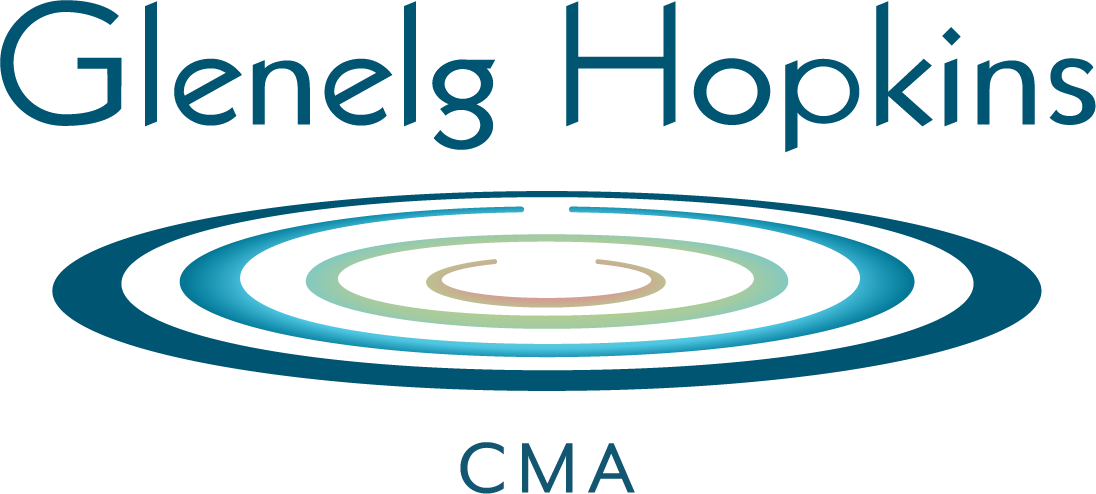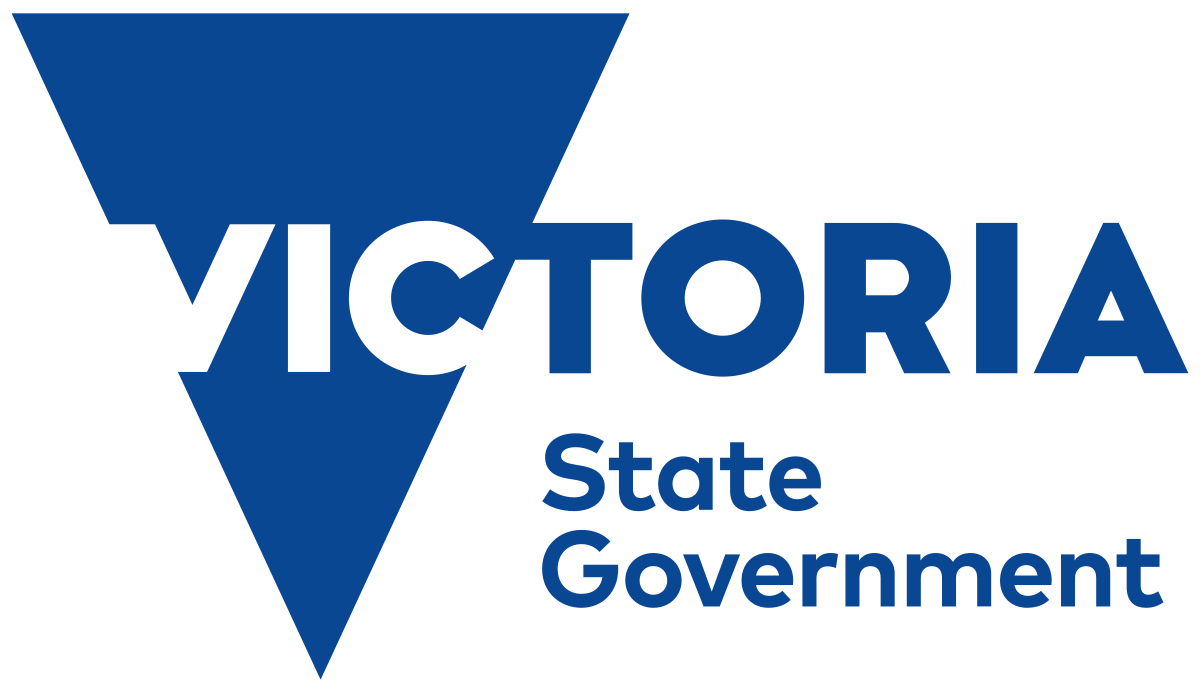Merri River Restoration
The Merri River is an important waterway for recreational pursuits and contributes substantially to the social well-being and economic development of the Warrnambool region – the catchment’s largest town.
The river and surrounds support a range of native species including recreational fishing species such as black bream and estuary perch, populations of platypus, Rakali and the threatened Hairy Burrowing Crayfish.
Key threats to the reach include nutrient and sediment inputs and a degraded riparian zone, which is largely cleared of native habitat and contains long stretches of woody weeds including willows, poplars and other exotic species.
As part of the restoration of the river, Glenelg Hopkins CMA is working with landholders and community groups in Warrnambool to improve river health through riparian and instream habitat improvement.
Specific works include the removal of woody weeds, particularly exotic tree species such as willows, revegetation with native plants, stock exclusion fencing and the reintroduction of woody and rock instream habitat.
By partnering with key stakeholders, it is expected that over time the Merri River Restoration project will improve biodiversity and overall river health, boosting local fish and bird populations through the river’s lower urban reaches.
The project has formed an alliance with stakeholders including Warrnambool City Council, land developers, industry and community groups and private landholders.
5.2km of riverbank has been improved to date with over 14,700 native plants established across 7.4 ha of land to increase recreational amenity, native habitat and the overall health of the river.
To address the threat of sediment, nutrients and weeds from agricultural land upstream, the CMA will aim to create a waterway buffer immediately upstream of Warrnambool.
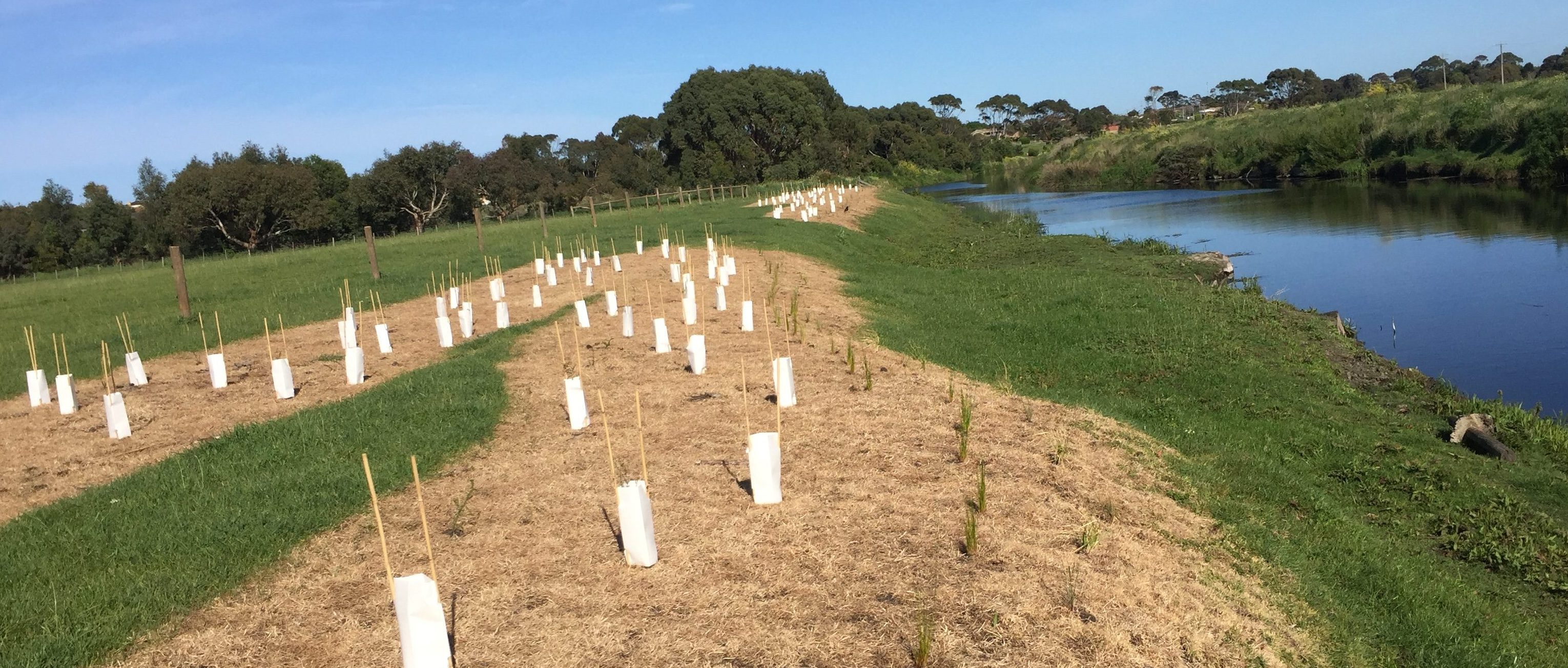
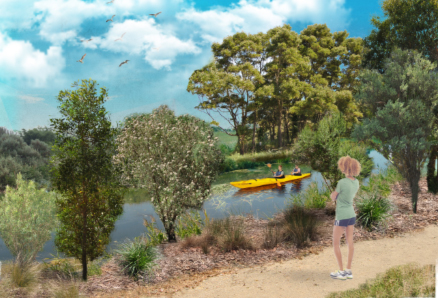 Artist’s impression of the Merri River after restoration works.
Artist’s impression of the Merri River after restoration works.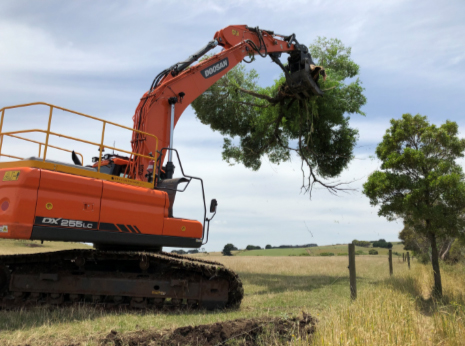 Works underway to remove exotic tree species.
Works underway to remove exotic tree species.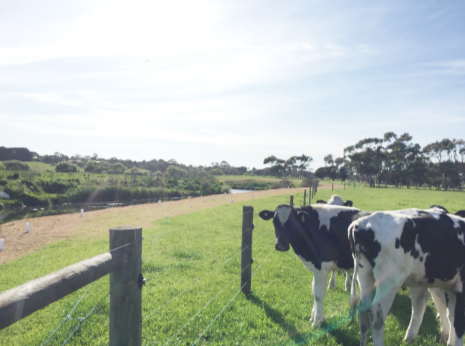 Newly completed riverbank regeneration.
Newly completed riverbank regeneration.
Find out more
Visit the Riverspace website for more information on the Merri River projects
Regional Riparian Action Plan (PDF)
Major Projects Brochure (PDF)
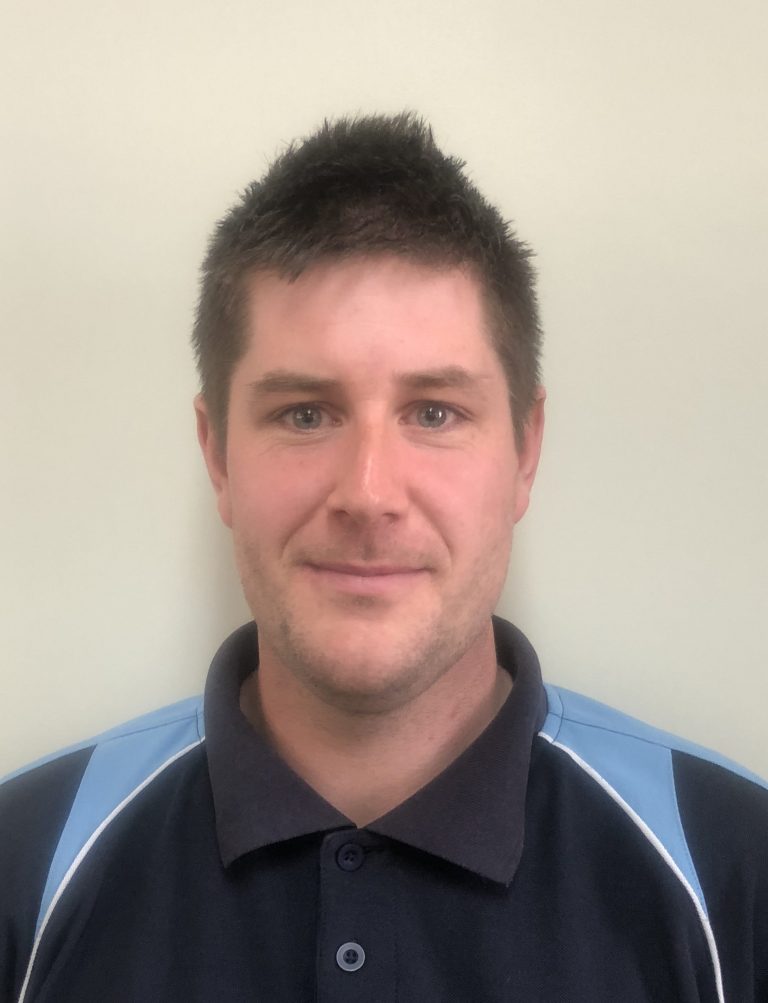
Chris Wilson
Field Services Officer
Contact
Project partners
Warrnambool Coastcare Landcare Network, DELWP, Warrnambool City Council, Making A Difference (MAD) for the Merri, Midfield Meats, Fonterra, private land managers
This program is supported by Glenelg Hopkins CMA and project partners through funding from the Victorian Government.
